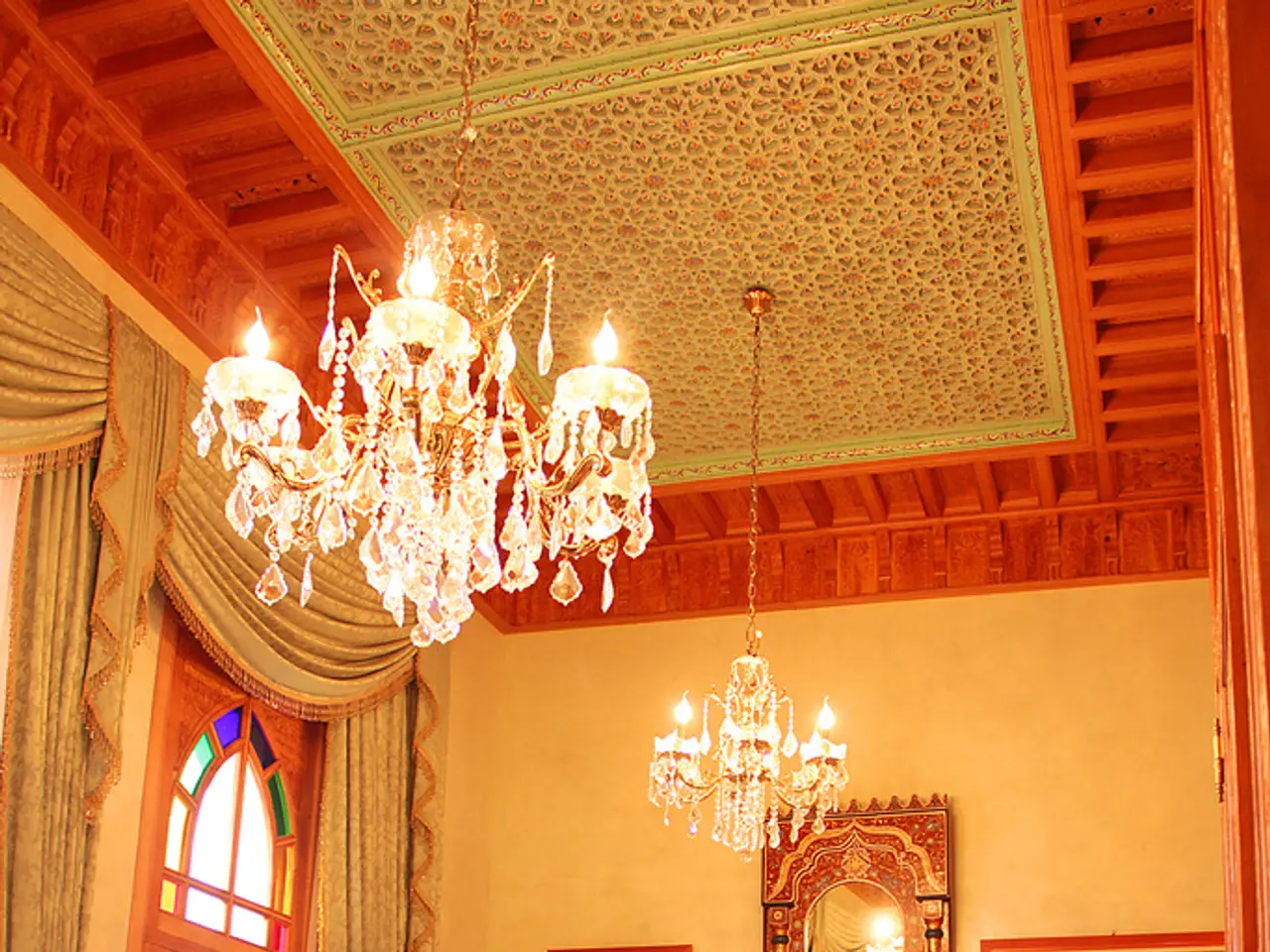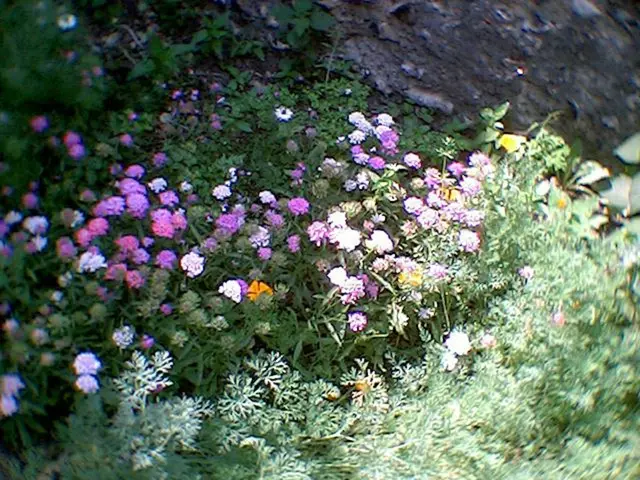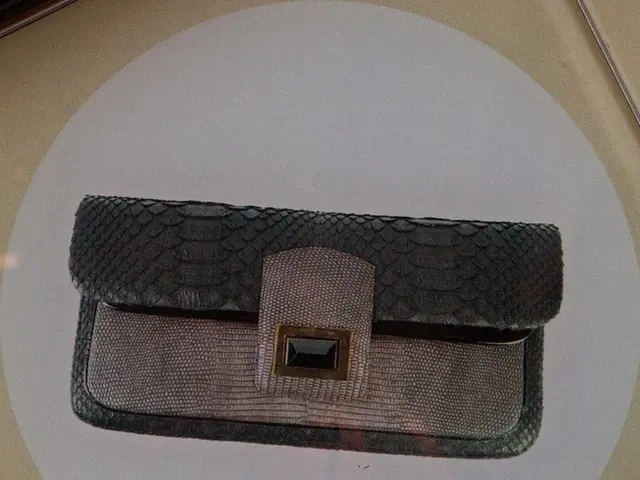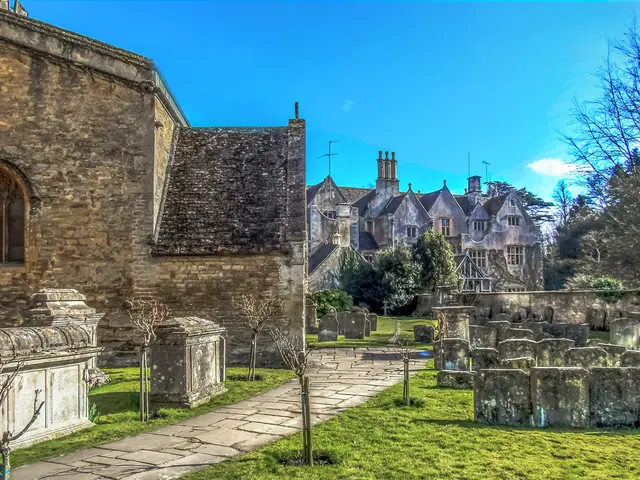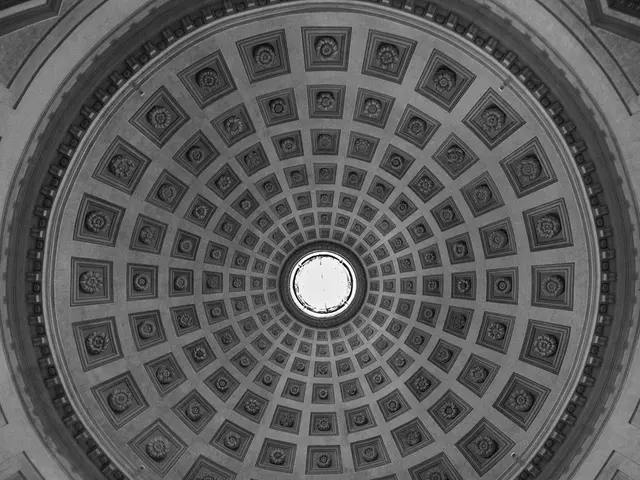Proposed blueprint for safeguarding Weißenburgpark's historical attributes, including the tea house pavilion and catering service area
In the heart of Stuttgart, the historic Teehaus pavilion in Weißenburgpark continues to be a cherished cultural and recreational spot for locals and visitors alike. Originally built in 1913, this neoclassical Jugendstil (Art Nouveau) pavilion offers a unique blend of gastronomic delights, scenic views, and cultural events.
For years, the café has faced conflicts over outdoor gastronomy, with a significant neighbourhood dispute preventing the setting up of tables and chairs outside. However, in 2025, the city of Stuttgart reversed this stance and permitted outdoor dining once again, ending a protracted legal and administrative conflict. The mayor emphasised the importance of the outdoor gastronomy at the Teehaus for Stuttgart’s social life.
To ensure the long-term operation of the café and its gastronomy offerings, the city is actively working to secure the historic layout of the Weißenburgpark and the Teehaus pavilion through a newly proposed zoning plan (Bebauungsplan). This plan aims to protect the historical park ensemble and the Teehaus, guaranteeing its preservation and continued public access with gastronomy services.
The Teehaus remains a popular destination, operating seasonally with regular opening hours and offering traditional café fare in a historic setting. It is easily accessible via local transit and connected to walking routes, maintaining its role as a cherished cultural and recreational spot in Stuttgart.
The future building plan aims to urbanistically order, secure, and develop the historically established use of the Teehaus in harmony with the park's character. The plan also ensures that future developments, such as minor structural additions or temporary events, are possible within a clearly defined urban order.
The Teehaus is considered a symbol of recreational culture within the city's green spaces and significantly contributes to the attractiveness and social use of the Weißenburgpark. Since the Federal Horticultural Show in 1961, the park has been publicly accessible, providing a wide panoramic view over the valley.
The preservation of the Teehaus is supported by preservation of building culture, heritage protection, and its significant value for the leisure and relaxation of the city's population. The Teehaus is an identity-creating location for the Weißenburgpark, and the state capital aims to rectify the lack of planning security for the Teehaus.
The District Council of Stuttgart-South has previously agreed to draft a new building plan, and the Department of Urban Planning, Housing, and Environment emphasises the importance of preserving the Teehaus. The legal framework for the historic garden area at this popular Stuttgart viewpoint dates back to 1968, and the 1968 building plan needs to be updated to meet today's requirements.
The public catering in and around the Teehaus has been well-established in the city since its renovation in 1989. The Teehaus offers a unique blend of gastronomic delights, cultural events, and scenic views, making it a must-visit destination for anyone exploring Stuttgart.
The city's new zoning plan aims to protect the historical layout of Weißenburgpark and the Teehaus pavilion, ensuring the continuation of its gastronomy services and positioning it as a cherished cultural and recreational spot that offers a unique blend of outdoor-living and home-and-garden experiences. The café's future development plan includes ensuring its harmonious relationship with the park's character, allowing for minor structural additions and temporary outdoor events while maintaining its identity as a symbol of lifestyle that significantly contributes to the attractiveness and social use of the park.
